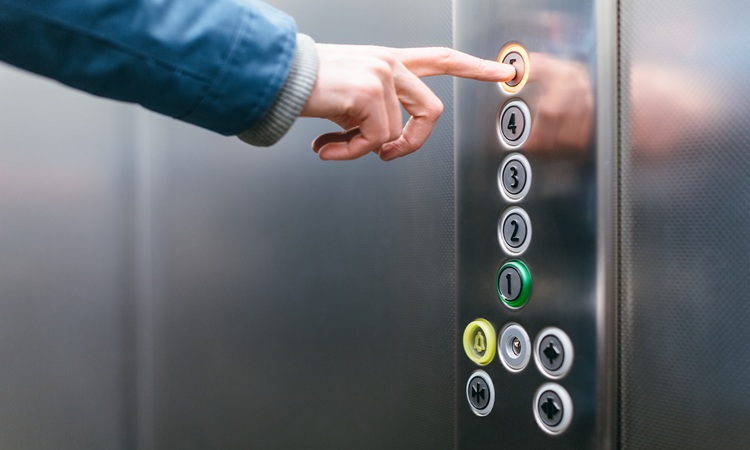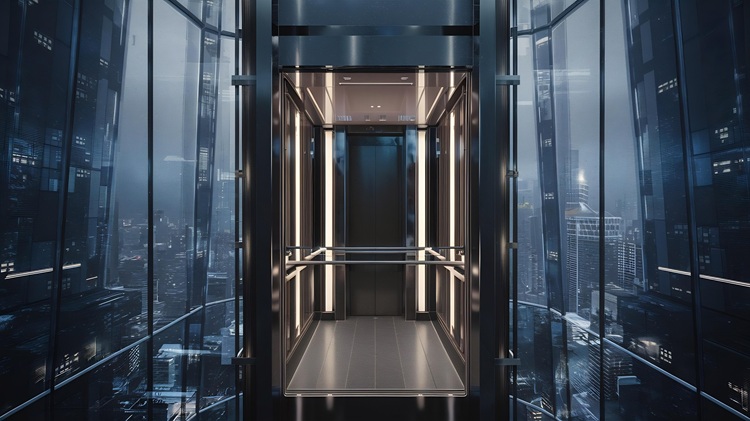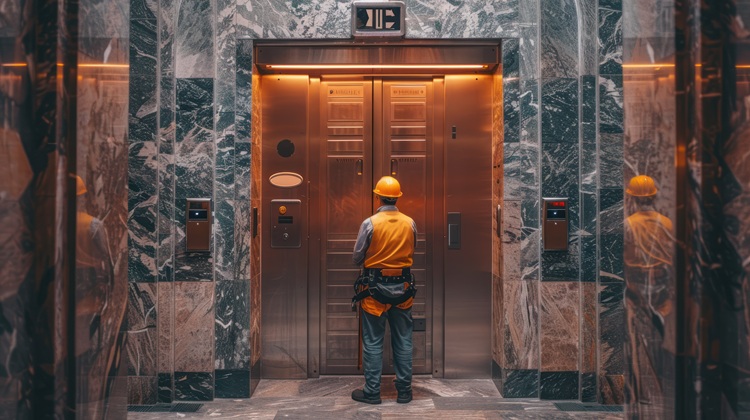Must-Have Features In A Passenger Elevator
Post Date : Dec 26, 2024
Elevators have become an integral part of our daily lives, helping us to effortlessly reach different floors of buildings. Despite its efficiency and ease, safety is still of utmost importance. Building owners and lift manufacturers are always working to make these vertical transportation systems safer.
In this blog, let’s explore the crucial safety features that ensure worry-free and secure lift travel.
Elevator Safety Features
-
Emergency Power Backup:
Passengers may become stuck in the elevators due to unforeseen power outages. To lessen the chance of becoming stranded, lifts need to have emergency power backup systems installed. Installing generators or uninterruptible power supplies (UPS) guarantees that elevators can operate for a brief time even in the event of a power outage or breakdown, assisting passengers in safely leaving.
-
Door Safety Systems:
The biggest and most important safety issue is elevator doors. Modern door safety systems come equipped with sensors and detectors. When an object or person is recognized, these devices stop doors from shutting, preventing passengers from becoming trapped or hurt.
-
Speed Sensing
Since most elevators these days have overspeed-sensing safety systems, incidents like uncontrolled elevators are rare in real life. By automatically slowing or stopping the elevator, this feature will protect the safety of the passengers. These kinds of features give users peace of mind and a sense of dependability by making modern elevators safe and dependable.
-
Lowering
Safety during power outages or other failures is guaranteed by an automatic emergency lowering system. This feature, which is present in modern elevators, enables the elevators to securely drop passengers to their destination before shutting down by using a battery backup. This feature also ensures a smooth and safe journey by preventing mid-trip.
-
Regular Maintenance and Inspections:
For the lift to operate smoothly and for the safety of the passengers, routine maintenance and inspections are essential. Timely testing of different systems and components might reveal possible problems. This method aids in quickly resolving safety issues.
-
Interlock System
Until the elevator is correctly aligned with the chosen floor, the interlock device prevents the elevator doors from opening. Passengers are shielded from open elevator shafts because to this innovation. Additionally, this lowers the chance of mishaps like falls. The interlock device automatically engages when the elevator moves, closing the doors and preventing them from unlocking until the cabin has completely stopped and is level with the floor.
Conclusion
To sum up, elevator safety elements are essential to guaranteeing passengers safe and easy travel. These cutting-edge technologies, which range from door safety systems that prevent accidents to emergency power backups that keep passengers from becoming stuck, combine to improve the safety and dependability of contemporary elevators. A worry-free experience is further enhanced by interlock mechanisms, speed detection, emergency lowering systems, and routine maintenance. These crucial safety precautions provide comfort as elevator technology advances, making vertical travel safer for everybody. To guarantee that elevators continue to be a dependable and secure form of transportation, building owners and builders must keep giving these qualities top priority.






